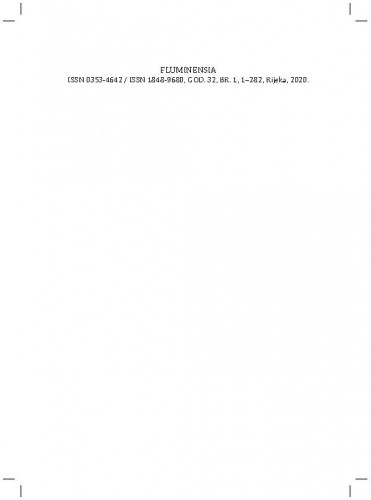In this paper I will reflect on the role of photographs in the works of Daša Drndić. Mixing fictional and documentary modes is a characteristic feature of her texts. It is achieved among others by utilizing visual representations of the past. In my paper I aim to outline the strategies of visualization applied by the authoress (especially the traumatic, Holocaust-related experience), which materialize through photographs included in her works of literature. In the case of Drndić the visuals include for instance contemporary or archival photographs of places marked by the Holocaust and of Jewish inhabitants of Vienna as well as portraits of war criminals. Generally speaking, in her texts the photographs function as concretization (concretization) of the memory of injustice, of trauma and ultimately of the Holocaust. The photographs are by no means neutral images though they are commonly perceived as such. Interaction between the text (itself skirting the boundary between fact and fiction) and the image puts the latter in a position that is far from neutral. In Drndić’s case, the photos are often used as an inventory (archival) practice, but they constitute predominantly a way of overcoming the crisis, related to the intention of giving an account of the past, particularly a testimony of the Holocaust.; U tekstu se posebna pažnja posvećuje ulozi fotografije u tekstovima Daše Drndić. -Treba istaknuti da preplitanje fikcije i fakcije je jedna od karakteristika njene proze. Jedan od načina da se to ostvari je korištenje vizualnih reprezentacija prošlosti. Razmatranja koja slijede posvećena su strategijama vizualizacije pomoću kojih autorica prikazuje traumatsko iskustvo koje je najčešće povezano s Holokaustom. Jedan od načina da se u vizualnoj formi prizove prošlost je na primjer inkorporiranja u književni tekst suvremenih ili arhivskih fotografija mjesta koja su obilježena stradanjem Židova, slika bivših stanovnika Beča ili portreta kriminalaca. Može se reći da u tekstovima Daše Drndić fotografije funkcioniraju kao konkretizacije sjećanja na nepravednost, traumu i Holokaust. Ove fotografije u kontekstu njene proze nikad nisu neutralne, što znači da ne prikazuju neutralnu sliku (kako bi se moglo pomisliti gledajući je uz odsustvo teksta). Općenito može se čak i reći da u Drndičinim knjigama fotografije se najčešće koriste u arhivskom smislu - pomoću njih autorica izlazi iz krize izazvane nemogućnošću adekvatnog prikazanja prošlosti, a posebno prošlosti koja je obilježena Holokaustom.
Sažetak

 Fluminensia : časopis za filološka istraživanja : 32,1(2020) / glavni i odgovorni urednik Aleksandar Mijatović.
Fluminensia : časopis za filološka istraživanja : 32,1(2020) / glavni i odgovorni urednik Aleksandar Mijatović.